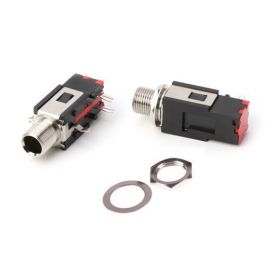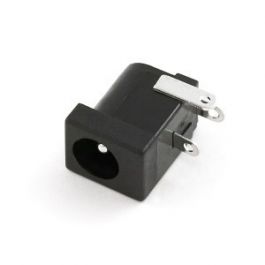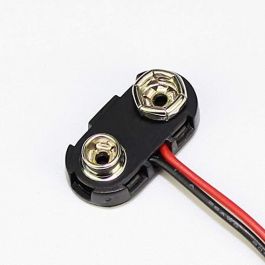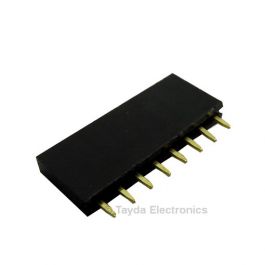That's the ones. I'll try to have some documentation posted shortly, but just in case....
Assembly is much easier if you go in this order:
1) Mount the 3PDT footswitches and LEDs in the enclosure first
2) Install resistors on PCB
3) Install DC jack on PCB
4) Install 1/4" jacks on PCB but do not solder yet
5) Connect battery snap to PCB
6) Insert PCB into enclosure and fit onto footswitches, adjust footswitch height as needed
7) Tighten nuts on 1/4" jacks, making sure the DC jack is aligned properly
8) Solder 1/4" jacks / 3PDT / LED
If you install the 3PDT footswitches onto the PCB before mounting it in the enclosure you won't likely be able to maneuver it into place.
Soldering the 1/4" jacks
after tightening the hardware allows them to adjust to the slope of the enclosure wall without putting stress on the solder joints.
Here's the parts list:
1 x 125B enclosure (obviously)
6 x 1/4" Jacks
Get It Fast - Same Day Shipping

www.taydaelectronics.com
1 x 2.1mm PCB mount DC jack
Get It Fast - Same Day Shipping

www.taydaelectronics.com
1 x 9V Battery Snap (this one is much nicer than the other two Tayda carries)
Get It Fast - Same Day Shipping

www.taydaelectronics.com
1 x 8-pin Female Pin Header
GTK - Get It Fast - Same Day Shipping

www.taydaelectronics.com
2 x 4.7K resistors
2 x LEDs (Loop indicators, your choice)
2 x LED bezels/lenses (if desired)
2 x 3PDT footswitches








